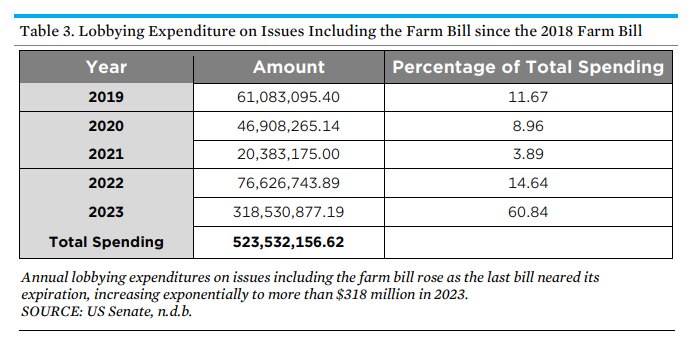The U.S. Department of Agriculture’s (USDA) Animal and Plant Health Inspection Service (APHIS) is seeking comments on a proposed rule to amend regulations governing its Agricultural Quarantine and Inspection (AQI) program user fees. APHIS and the U.S. Department of Homeland Security’s Customs and Border Protection (CBP) jointly administer the AQI program, which assures that cargo and passenger baggage entering the country is inspected for plant pests and potential sources of animal diseases that could affect U.S. agriculture, trade and commerce. Foreign pests and diseases can be devastating to U.S. agriculture and the broader U.S. economy, and the AQI program is highly successful at preventing such disruptions.
Fees for the AQI program were last updated in 2015, based on FY 2010 through FY 2012 cost data, which puts them more than a decade behind today’s circumstances. The outdated fee structure, combined with recent changes in international travel and shipping, mean that current fees do not generate enough revenue to cover the costs of the AQI services provided.
APHIS is authorized by The Food, Agriculture, Conservation and Trade (FACT) Act of 1990 to recoup the full costs of administering the AQI program and carrying out AQI activities, and APHIS is proposing changes so that the program can be sufficiently funded to prevent service interruptions.
To develop the proposed rule, APHIS conducted a comprehensive review of the AQI program to determine the actual costs incurred by APHIS and CBP to deliver AQI services. The updated cost model, which was validated by the accounting firm Grant Thornton, relies on real-world cost data from fiscal years (FY) 2017 through 2019 and, among other things, accounts for inflation, capital improvements, and additional staffing needs.
For FY 2017 through FY 2019, the AQI program ran an average annual deficit of over $166 million, jeopardizing APHIS’ and CBP’s ability to effectively administer and carry out the program. From 2010 to 2021, agricultural cargo imports grew over 61 percent by volume, a year-on-year increase of 4.5 percent, across all conveyance types. AQI staffing dedicated to conveyance and cargo clearance was not able keep pace with this growth. Workload per frontline employee increased 25 percent by volume from 2010 to 2021.
At the same time, relatively recent changes in international trade have created additional challenges with the static user fees. Dramatic changes in the size of conveyances and the amounts they transport have resulted in more work being done with less funding because the fees are tied to the number of conveyance arrivals, not the volume of cargo contained within them. Example, megaships, with their increased cargo volume, significantly increased the resources required to complete these activities per ship. Prior fee settings have underestimated by at least 50 percent the number of ship arrivals expected since 2015, as ship sizes increased and the number of corresponding arrivals decreased. In addition, many railcars are now multi-unit, with double stacked containers that carry around six times the capacity of the railcars on which APHIS based its existing fees. The trucking industry has adopted double-trailers and longer 53’ and 48’ trailer trucks, which has led to an increase in inspection costs without a corresponding increase in fees.
APHIS will consider all comments received on or before October 10, 2023. Go to www.regulations.gov on August 11, 2023. Enter APHIS-2022-0023 in the search field. Select the Documents tab, and then select the Comment button in the list of documents.
Table 1: Proposed Fees1

Source : usda.gov